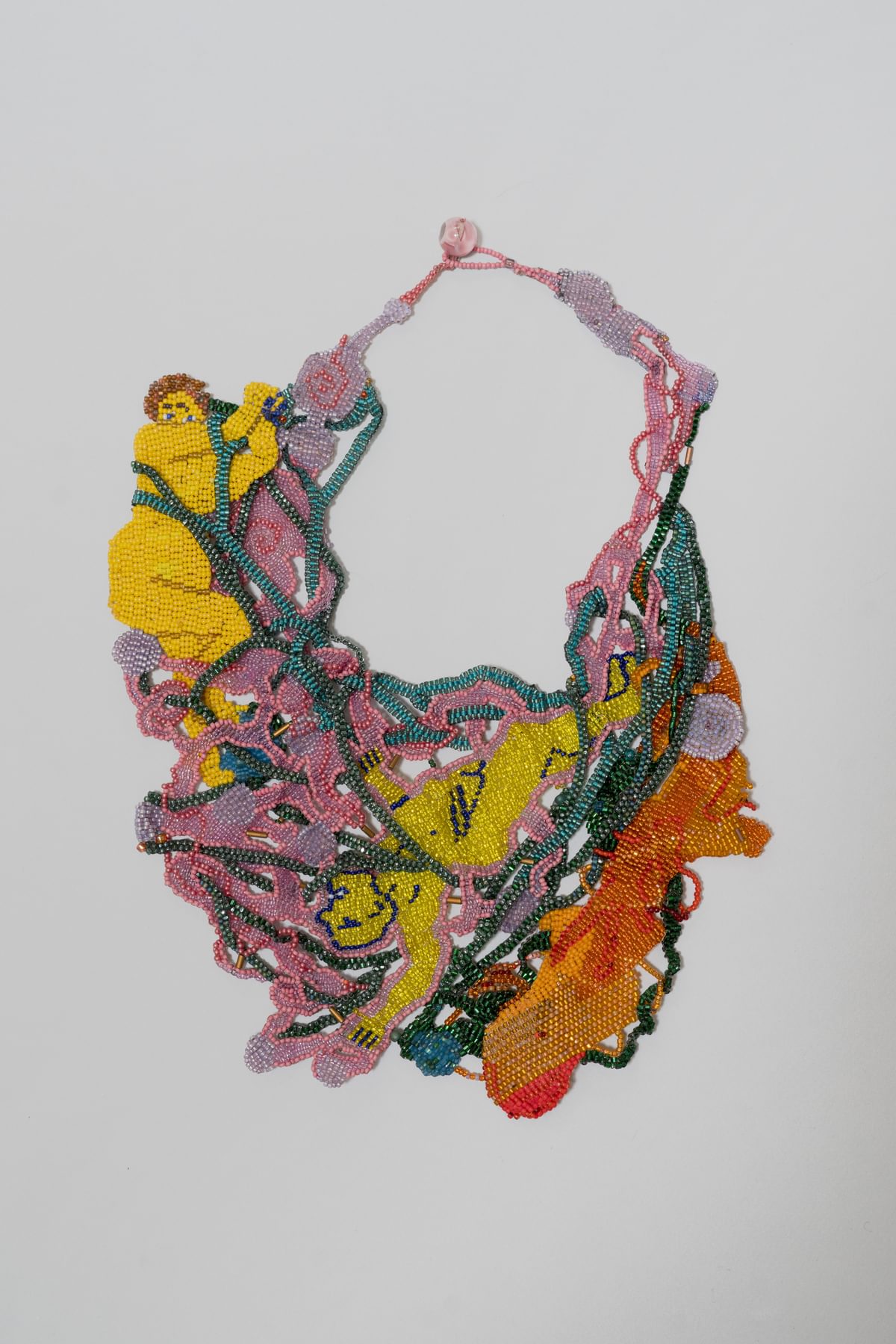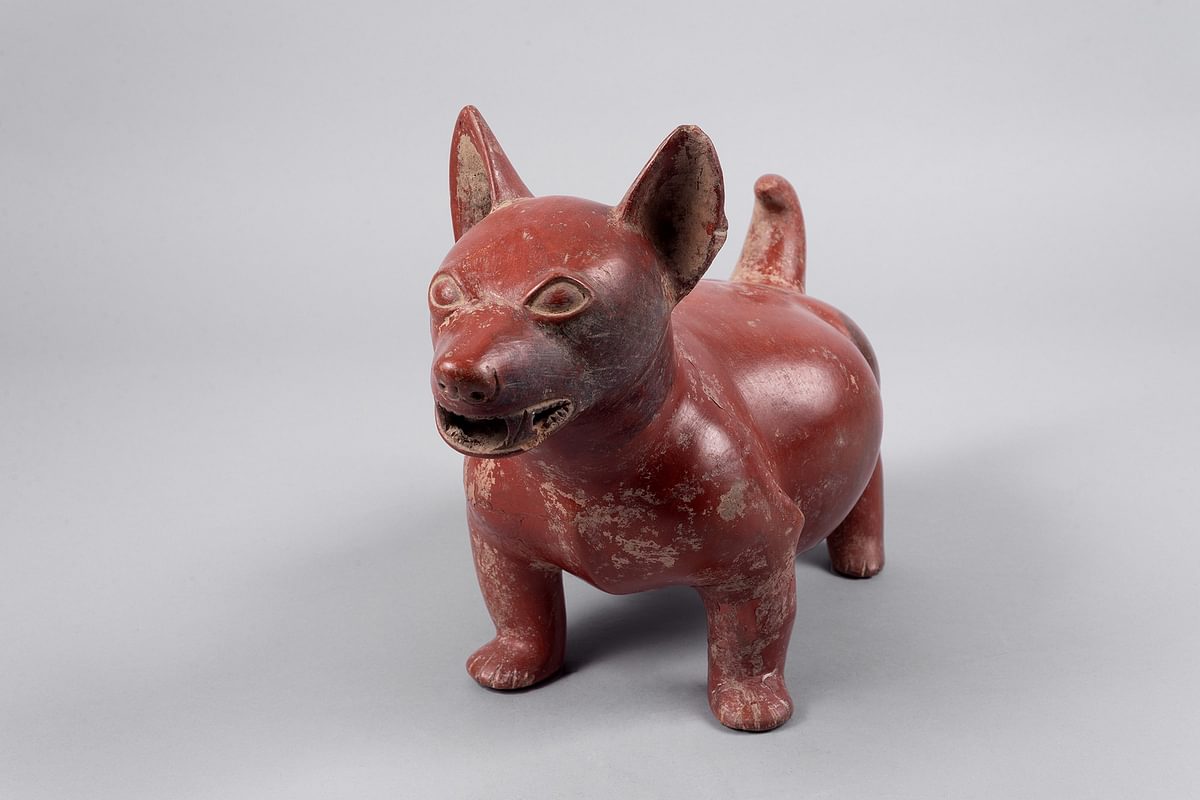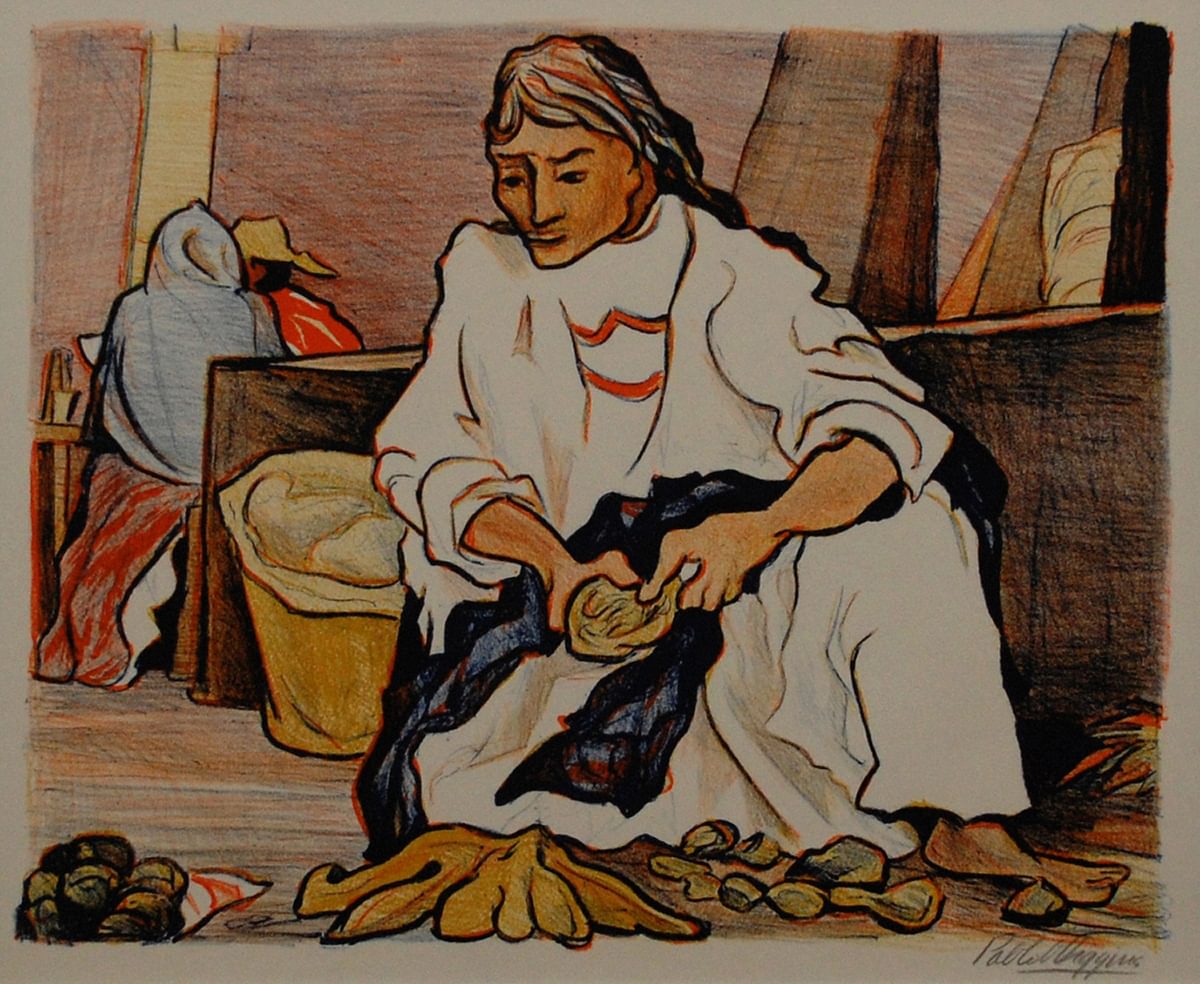
Joyce J. Scott, American, born 1948. Yeller Girls, 2020. Glass beads, thread, peyote stitch 16 x 10 1/4 x 1/8 in. Cincinnati Art Museum, Cincinnati, OH.
Photo credit: Jordan Davis Robles
Joyce J. Scott: Messages
July 20, 2024 - December 1, 2024
Harris - Burger GalleryFor over 40,000 years artists across the world have used glass beads to create elaborate jewelry and sculpture; however, Baltimore-based artist Joyce J. Scott uses beads to communicate her activism and sense of social justice. She relates her work as an artist to her family's craft traditions and to her African American heritage. Drawing viewers in through vibrant color, humor, and satire she presents difficult themes such as racial inequity, violence against women, and politics, pushing the boundaries of the medium not only through her technique but through her narratives and messages.
While many of these issues are prevalent in the United States, Scott emphasizes that her artwork refers to cultures around the globe, stating that, “if we are going to work things out, we have to work together.” While the world has changed in many ways since Scott began working with beads, the artwork in this exhibition reminds us that there is still a long way to go. Themes that she explored in the 1970s and 80s are still found in artwork from the last decade. Even though she often addresses stereotypes in an uncompromising way, her hope is that one of these intricate artworks will leave a mark on the viewer and encourage them to fight against systemic issues to make the world a more joyous place.
This exhibition is organized by Mobilia Gallery.
View More





